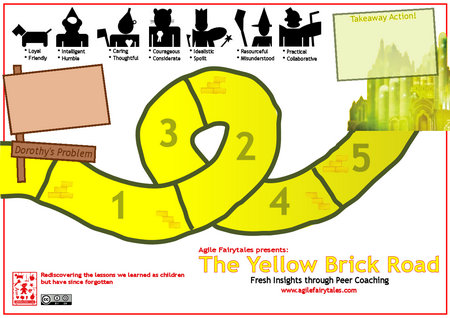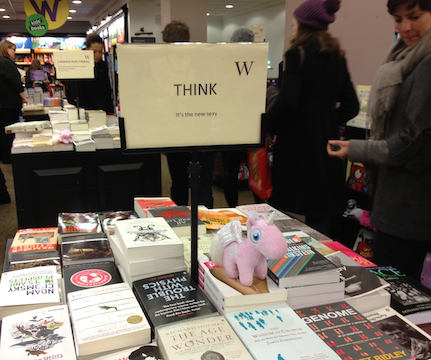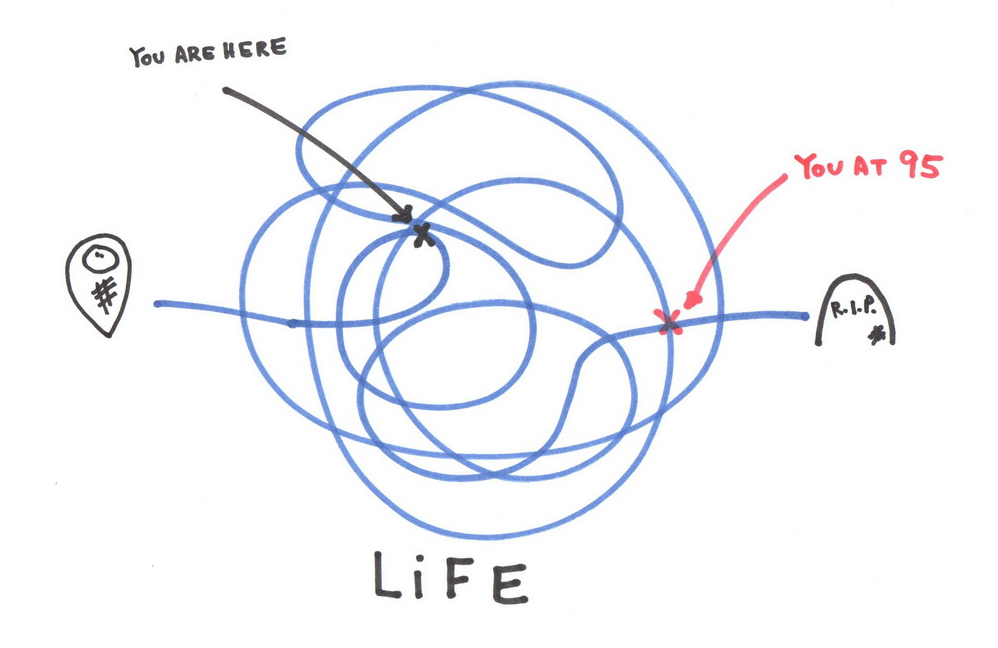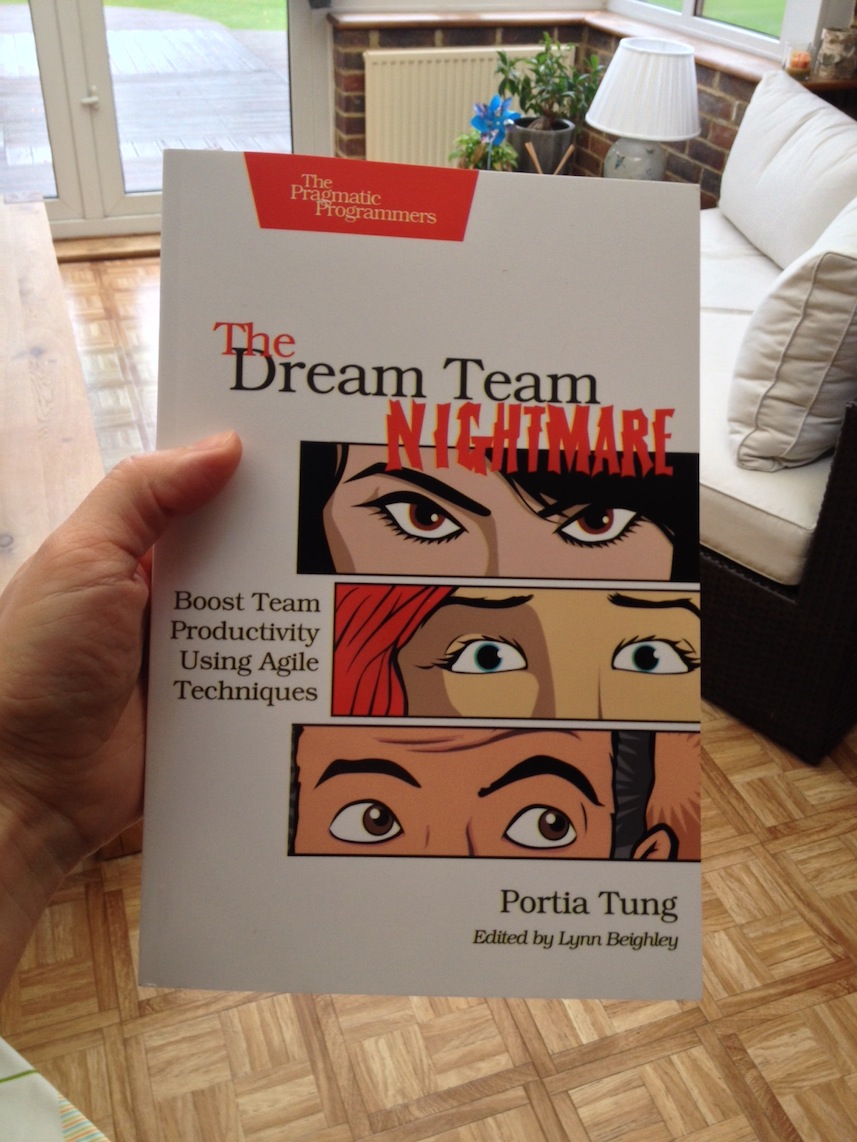
To be a writer you have to write
To celebrate National Novel Writing Month (NaNoWriMo), I’d like to share some hard-earned insights from writing my first ever novel, “The Dream Team Nightmare: Boost Team Productivity Using Agile Techniques“. In my experience, these insights apply to any creative endeavour, not just to novel writing alone.
1. Write daily
Bring your project to life then keep it going by working on it little and often. After all, you’re the sole caretaker of your creation. Its existence depends wholly on you. By “write daily”, I mean work on your project every day for at least 30 minutes. Why wouldn’t you do this if it really matters to you? Activities like brainstorming ideas or doing a simple sketch all count. If you get stuck, write about what’s stopping you from writing. It’s a surprisingly effective way of unblocking a gnarly case of writer’s block.
2. Rest one day a week
Take a day off every 6 days or when you feel you need to. If you take a break at the right time, you’ll want to get back to writing after the break. Imagine yourself as a vessel, a coffee mug or a tea cup or something more novel. Whatever works for you. By taking a break, you allow yourself to re-charge so that you have a full cup to work from or at least a new idea to get you writing again.
3. Clear your mind
Most creatives I know have many ideas buzzing in their heads at any one time. This makes getting things done really hard. The secret to focus is to empty your brain of all ideas so that you can focus more effectively on one idea at a time. Jot down all your ideas via brainstorming or make a simple list. Then pick one and focus on only that idea until you get as much written about it as possible right now. You can always add to the content relating to that one idea later on when, no doubt, more ideas will be jostled into existence by your busy imagination.
4. Separate writing from editing
There’s a time and place for everything. When you’re writing, be sure to focus on getting words down on paper. Write freely to achieve flow. Send your inner critic on holiday. Only when you’re editing do you invite them to the party.
5. Have fun!
This is absolutely essential if you wish to create something you love instead of resent. Play gets us moving and keeps us going. I get tedious or tough going tasks done by making it fun. It was really tough, at first, to sit down and work on my project for 30 minutes a day. So I treated myself to some really beautiful stickers and awarded myself one per day on my physical calendar. I figured that if it works for children, why not me? I only needed to do this for 10 days before working on my book took on a momentum of its own and the daily 30-minute timebox became a habit!
6. Stay fit and healthy
A healthy body begets a healthy mind and vice-versa. Go for walks or to the gym to give all your muscles a workout. This time doubles up as a break and a way to stay fit. Bonus!
7. Never give up
You can probably come up with a million reasons why your project won’t succeed and why you should stop right now. In fact, there are plenty of people out there ready to pat you on the back for giving up on an impossible dream. Only you can write your novel. “Just keep writing, just keep writing…”
Happy NaNoWriMo!









